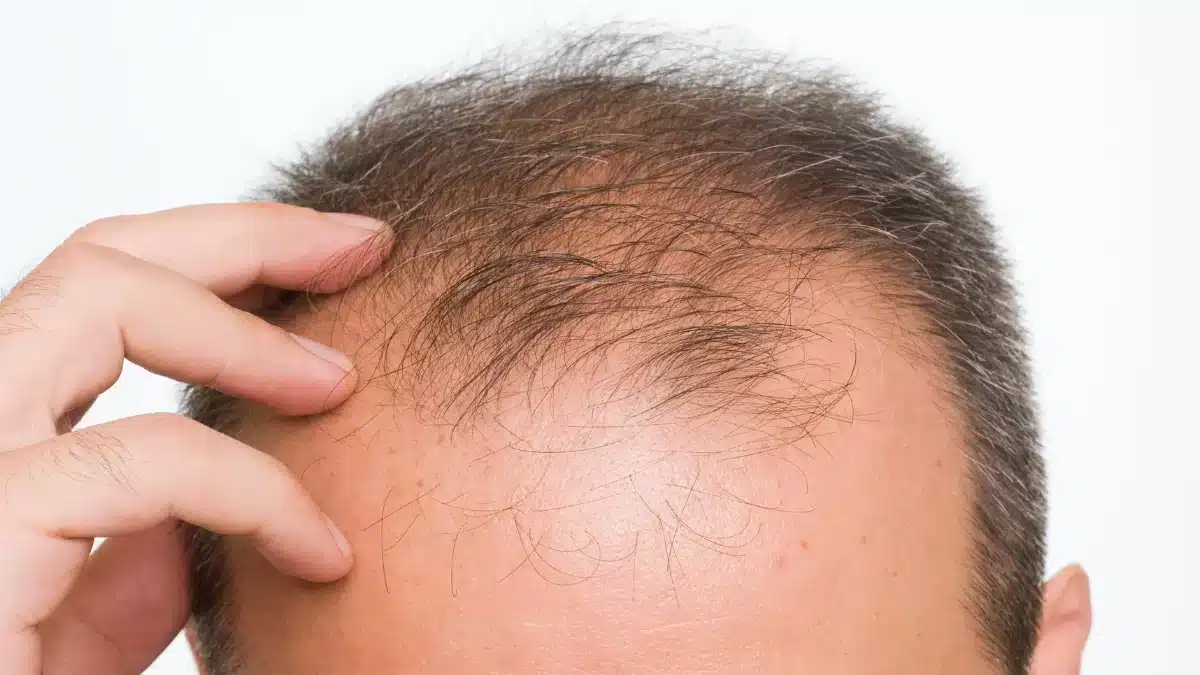Does Hair Transplant Work for Male Pattern Baldness
Hair transplant is gaining significant attention as an effective treatment for Male Pattern Baldness.
It involves moving hair follicles from a donor area to balding or thinning areas on the scalp.
While the common treatments still include oral and topical medication, the demand for hair transplant surgery is rapidly growing.
According to ISHRS, the market size of hair transplant surgery increased from 4.1 billion USD in 2016 to 4.5 billion USD in 2019.
Hence, exploring its effectiveness for Male Pattern Baldness becomes necessary.
The following article sheds light on the effectiveness, considerations, and outcomes of hair transplant procedures in addressing Male Pattern Baldness.
Effectiveness of Hair Transplant for Male Pattern Baldness
A hair transplant is not a permanent cure for Male Pattern Baldness.
It can cover the bald area on the scalp but cannot prevent hair loss or promote hair growth.
However, some studies have shown that hair transplant surgery shows promising results in treating Male Pattern Baldness.
Following are the advantages of hair transplant for Male Pattern Baldness,
Permanent looking results

The hair follicles for transplantation are taken from the sides and back of the head, resistant to DHT.
As a result, the transplanted hair is expected to continue growing in the recipient area even after the surgery.
Natural Appearance
One of the key advantages of hair transplant surgery is the ability to create a natural-looking hairline.
Skilled surgeons strategically place the transplanted hair follicles, taking into account the direction, density, and angle of the existing hair.
As the transplanted hair grows, it blends with the surrounding hair, ensuring a natural appearance.
Above all, the success the surgery depends on factors such as the individual’s age, hair quality, the extent of hair loss, and the surgeon’s skill.
Hair Transplant Procedure
Hair transplant involves the extraction of hair follicles from a donor area and their surgical planting to the balding or thinning areas.
Two primary techniques are used for hair transplantation: Follicular Unit Extraction (FUE) or Follicular Unit Transplant (FUT).
After the surgery, the transplanted hair typically sheds within a few weeks.
However, new hair growth starts within a few months, with noticeable improvements appearing around six to nine months.
In most cases, the recovery process is well-tolerated, with mild discomfort.
Side effects of Hair transplant

The most common side effect is scarring, which cannot be avoided with any procedure.
Other potential side effects include:
- Infections
- Crust drainage around the surgical sites
- Pain, itching, or swelling in the scalp
- Inflammation of hair follicles
- Scalp Bleeding
- No sensation around surgical sites
- Continuous hair loss
Conclusion
Hair transplant procedures can work effectively for Male Pattern Baldness, allowing individuals to restore their hairline and regain confidence.
While not a guaranteed fix, advancements in surgical techniques have significantly improved success rates and natural-looking results.
Combining a hair transplant with a holistic approach that includes proper hair care and medication can optimize the longevity and appearance of transplanted hair.
However, you must consult a doctor and make an informed decision before surgery.
Frequently Asked Questions
WowRx uses only high-quality sources while writing our articles. Please read our content information policy to know more about how we keep our content reliable and trustworthy.






